The Halo TV show just dropped its first episode, and there was a lot to unpack, especially for those with only a casual grasp of the franchise lore. For all the things that have stayed the same, a lot more has changed, for better and for worse. That's all part and parcel of this new Halo timeline, which doesn't follow the games.
Yet, some of the common threads are still there, albeit heavily modified to adhere to this new universe. The first episode "Contact" unveiled a bunch of stuff to get the ball rolling for future episodes to unlock more of the story, and these are the biggest reveals so far.
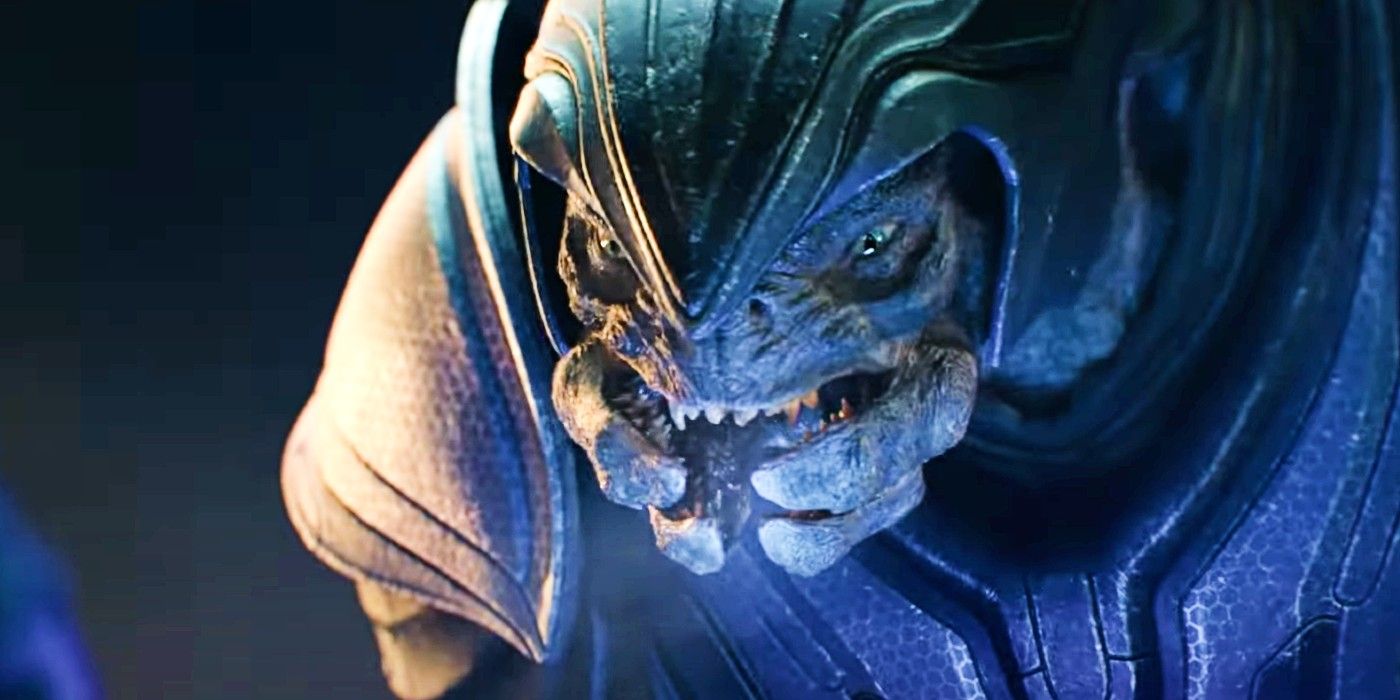
The Covenant's big reveal at the beginning of the first episode helped set the scene for what is to follow. The attack on the insurrectionist outpost on Madrigal was an excuse to identify the real antagonists of the show, which is laid on top of an existing conflict between the UNSC and the rebellious colonists.
Unfortunately, only the Sangheili Elites were revealed in the debut episode, so it remains to be seen whether Grunts, Jackals, and Brutes will make an appearance, wielding Halo's most iconic weapons. Despite this, the introduction of the Covenant was done quickly in order to set up the larger narrative.
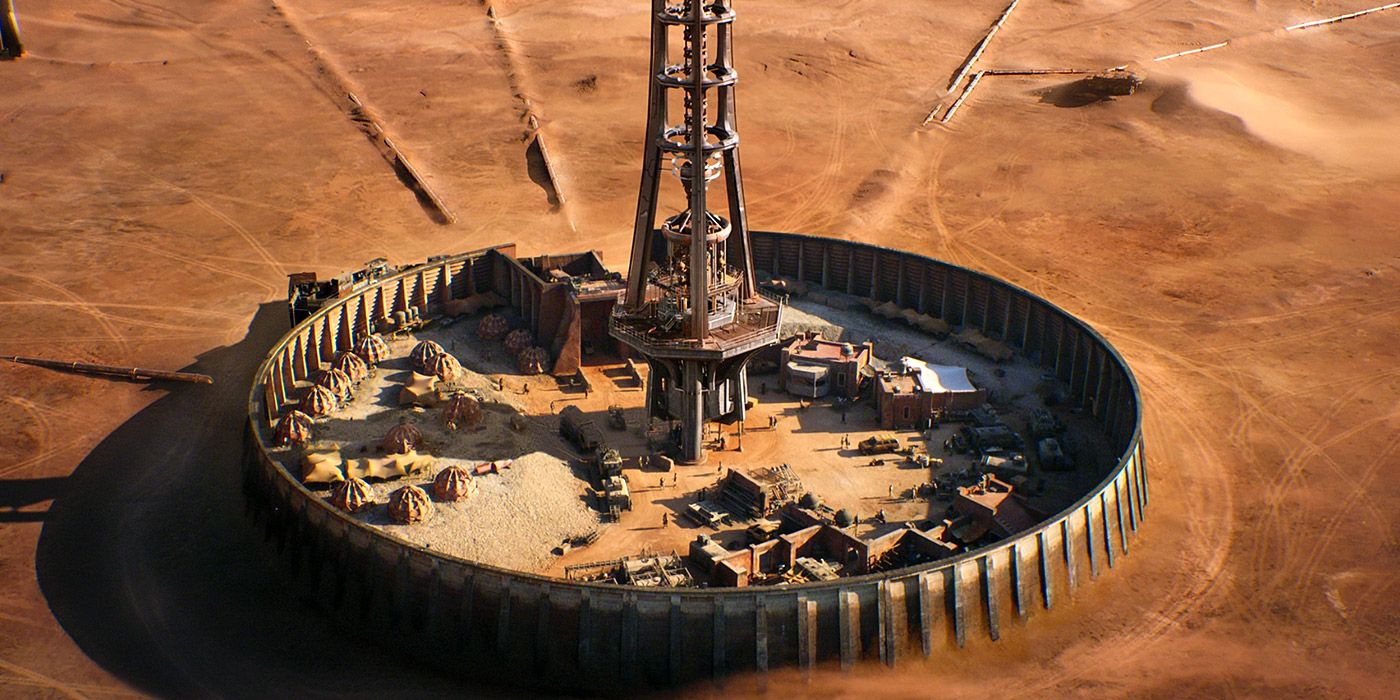
Halo lore reveals that insurrectionist forces splintered away from the rest of humanity in order to forge out their own paths, and the results weren't particularly peaceful. It was one of the reasons why the Spartan-II project was created in the first place, before being adapted to fight the Covenant later on.
The subtext between the insurrectionists and the UNSC will undoubtedly get fleshed out more, but there's always a danger that it will overwhelm the larger narrative. In order for Halo to work as a TV show, it needs to let bygones be bygones, and establish that both sides have a much deadlier common enemy.
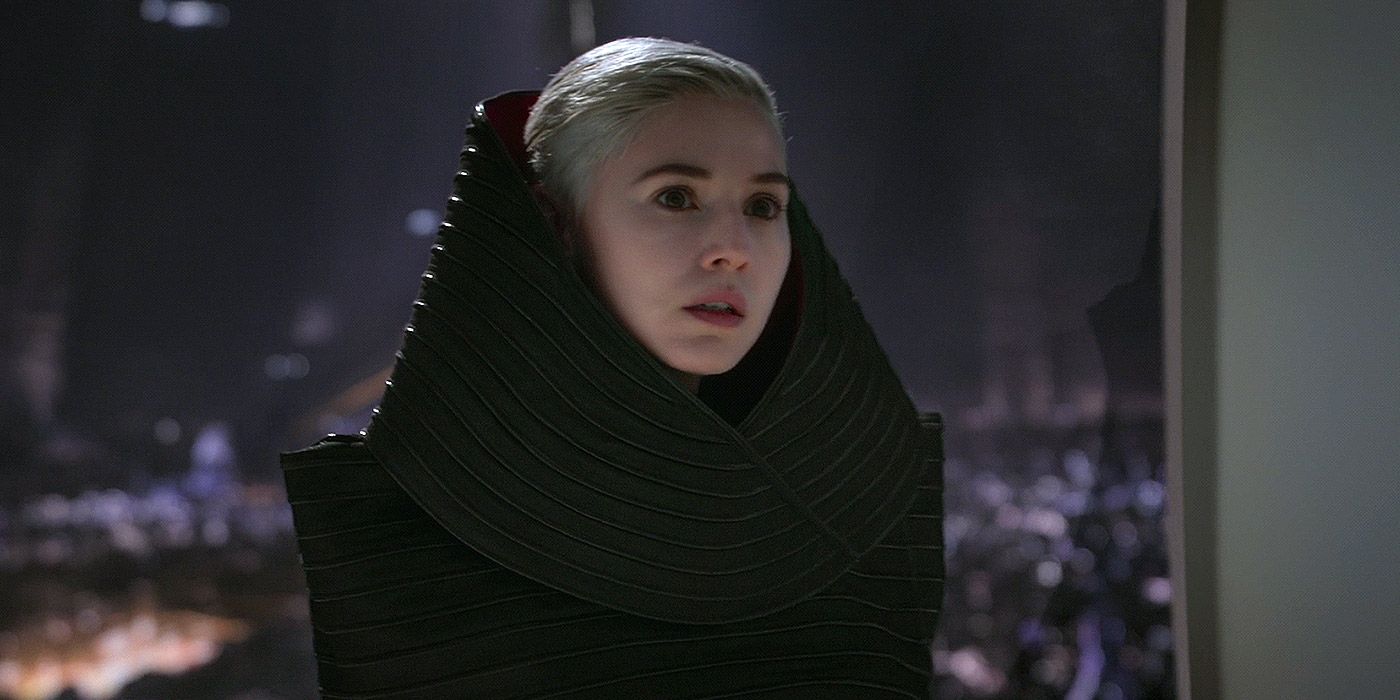
A new introduction to Halo is a character called Makee, a human female who was spared by the Covenant for reasons yet unclear. She was raised as one of their own, indoctrinated seemingly from a young age in order to view her own race as the enemy.
In the pilot episode, she appears to have a close familial bond with the Prophet of Mercy, which is a major change from the games. In that universe, the Covenant viewed humanity as an abomination to be wiped out, and it seems out of character for them to ingratiate a human into their ranks.
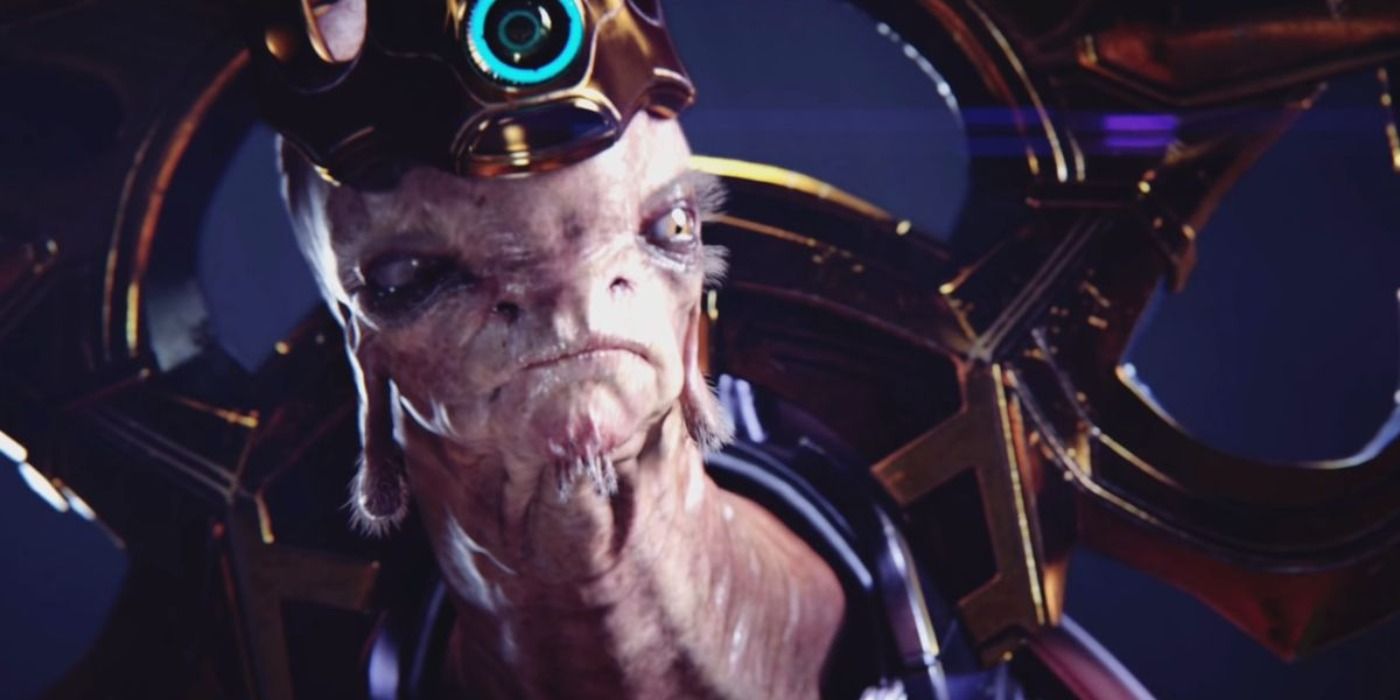
It was good to see the introduction of the Covenant Prophets in the debut episode, despite there being just one at the moment. The Prophet of Mercy's appearance was done quite well, showing the alien creature speaking in its own language and dialect, with subtitles laid overtop.
This was a smart move that further establishes the alien nature of the Covenant, and just how far removed they are culturally from humanity. Hopefully the Prophets will engage one another on a regular basis as the show moves forward, to better flesh out Covenant ideology.
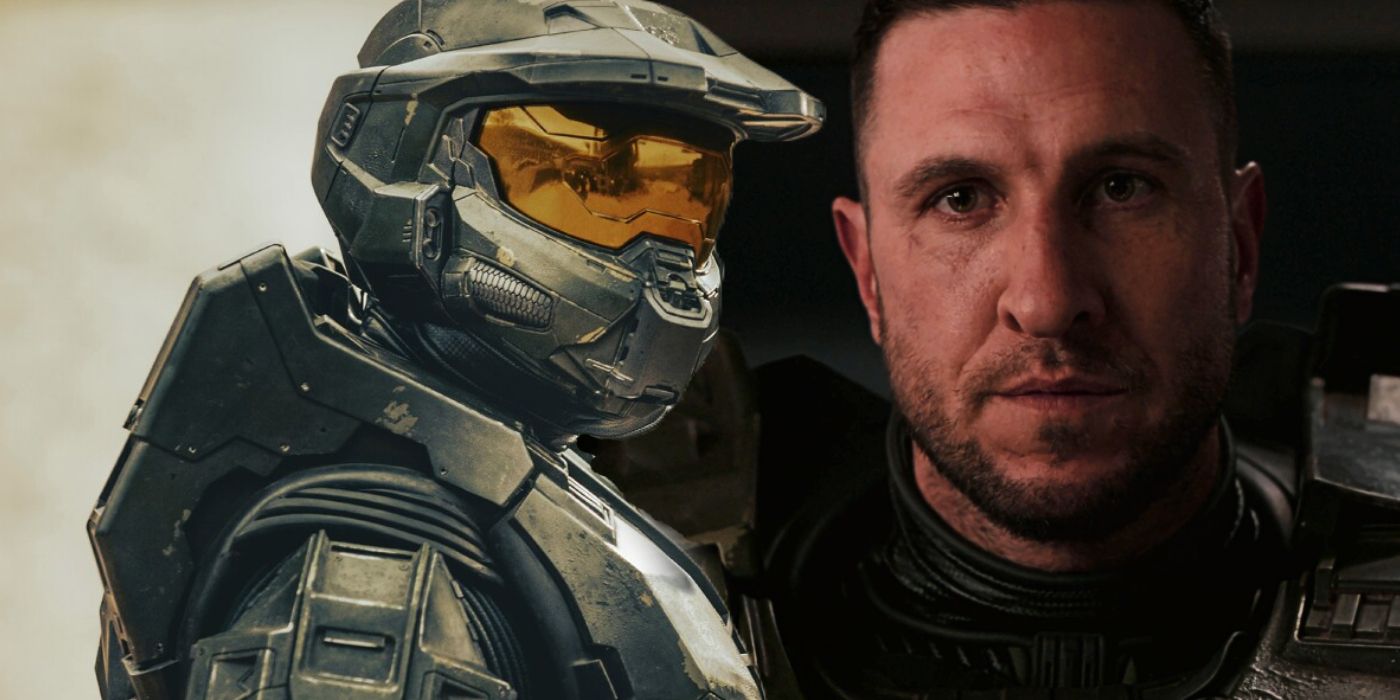
The biggest reveal of the first episode is also the most controversial of the bunch - the removal of the Master Chief's helmet. This has proven to be extremely divisive, especially for longtime fans of the games who wanted the Chief's mysterious allure to remain firmly behind his MJOLNIR helmet.
The decision to showcase his actual face could prove to be a detrimental one, especially since it happened so early into the show's chronology. Had the showrunners decided to wait until the end of the first, or even second season, it could have created a more positive impact. Perhaps introducing some of the Master Chief's best Halo game quotes will act as the balm for the burn.

Catherine Halsey's creation of the Cortana AI is in full swing, as evidenced by a key scene in the debut episode where she gazes upon a flash clone of herself. In the game's timeline, flash clones were used to supplement body parts based on a person's DNA, for the purposes of amputation and limb replacement.
Halsey will use it to duplicate her own mind, which will cause the destruction of her clone. Getting to see the actual clone was an interesting development, and it will hopefully pave the way for a decent representation of Cortana in future episodes.
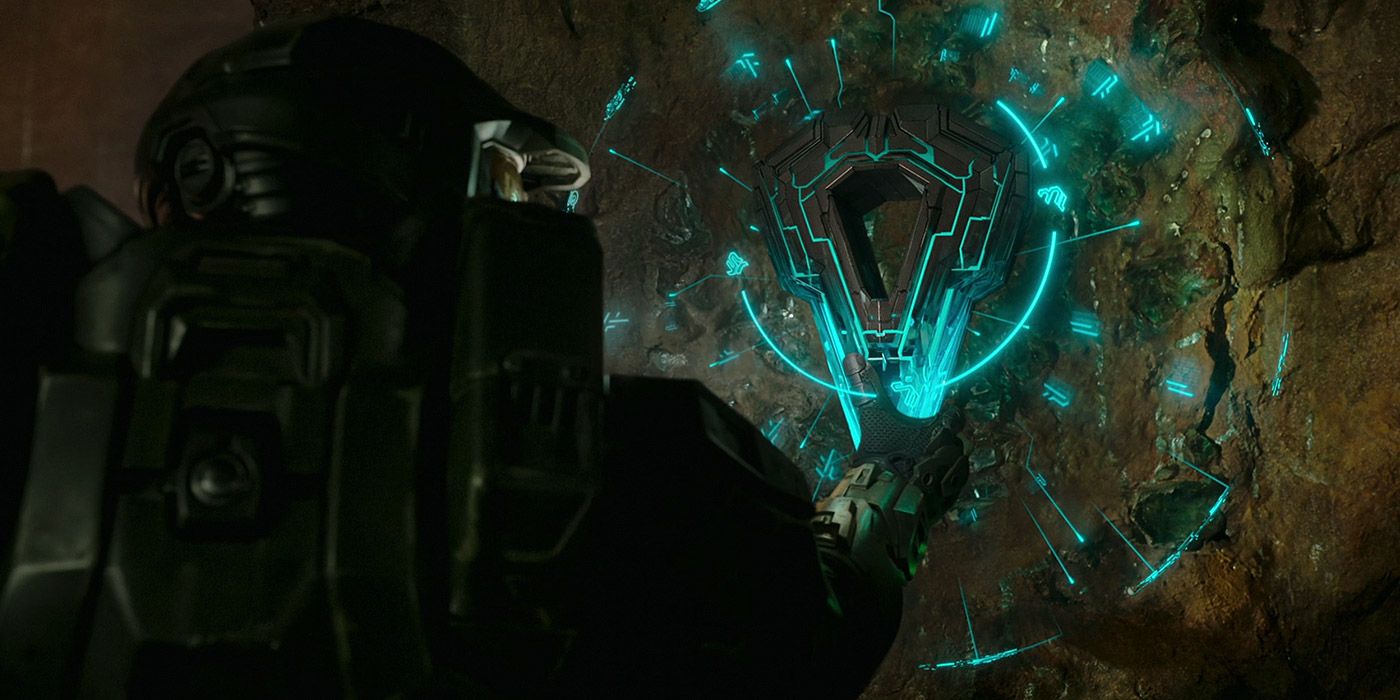
Though not explicitly named out in the open, it's obvious that the mysterious alien tech uncovered by both the Covenant and the Master Chief is Forerunner-based. That's the first nod towards a larger connection between the source material and the infamous Arrays, one of many plot points Halo Infinite players needed to know before playing.
The question is how long it will take for the rings to make an actual appearance in the show. One of Halo's initial pacing problems involves the odd timing of the Human/Covenant War, which doesn't seem to even be in full swing at this point. If the showrunners are focusing on that conflict, the Forerunner arc could take a while to flesh out.
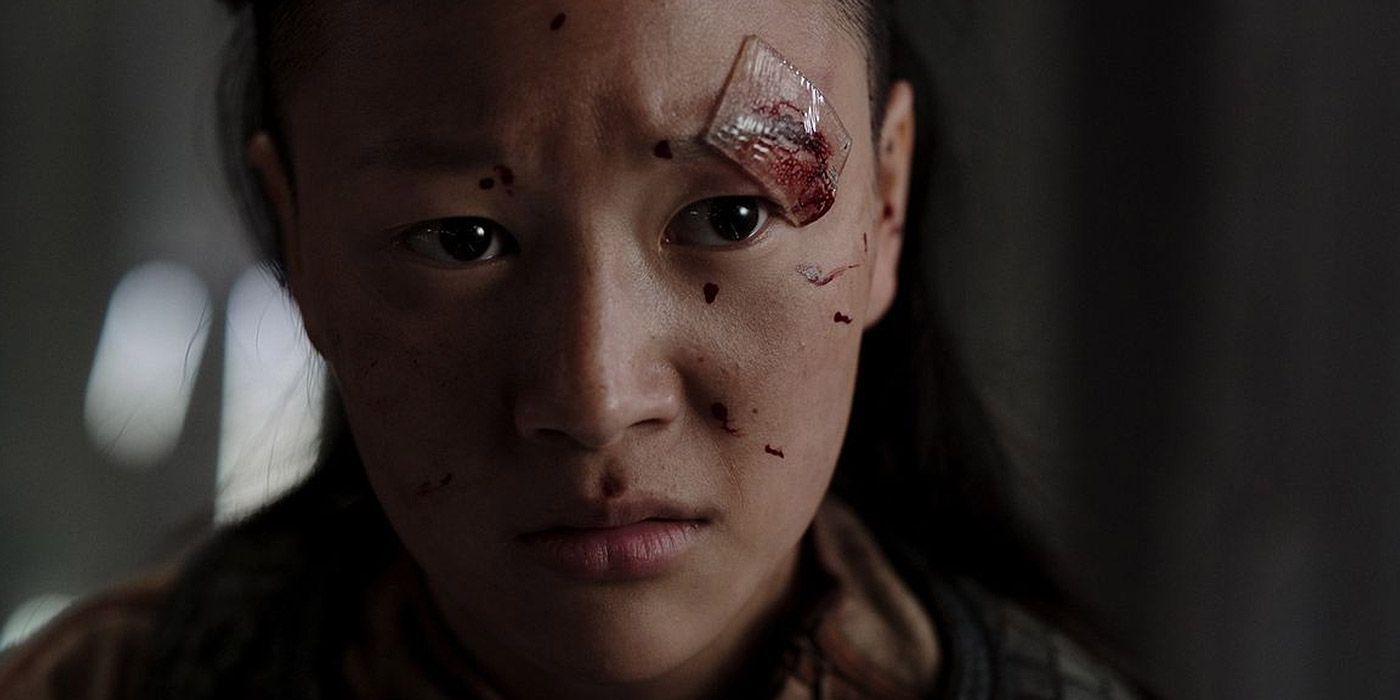
Kwan Ha ends up being the only survivor of the initial Covenant attack on the insurrectionist outpost, and that has already created a rift between the UNSC and the Master Chief. When Kwan refused to assist Miranda Keyes in giving testimony about the attack, the UNSC ordered her termination.
The Master Chief himself was given the task but refused to carry it out. This led to a major standoff at the end of the episode which concluded with the Chief activating Forerunner tech in order to escape. This is a massive departure from the games, at least until Halo 5 saw its initial release.
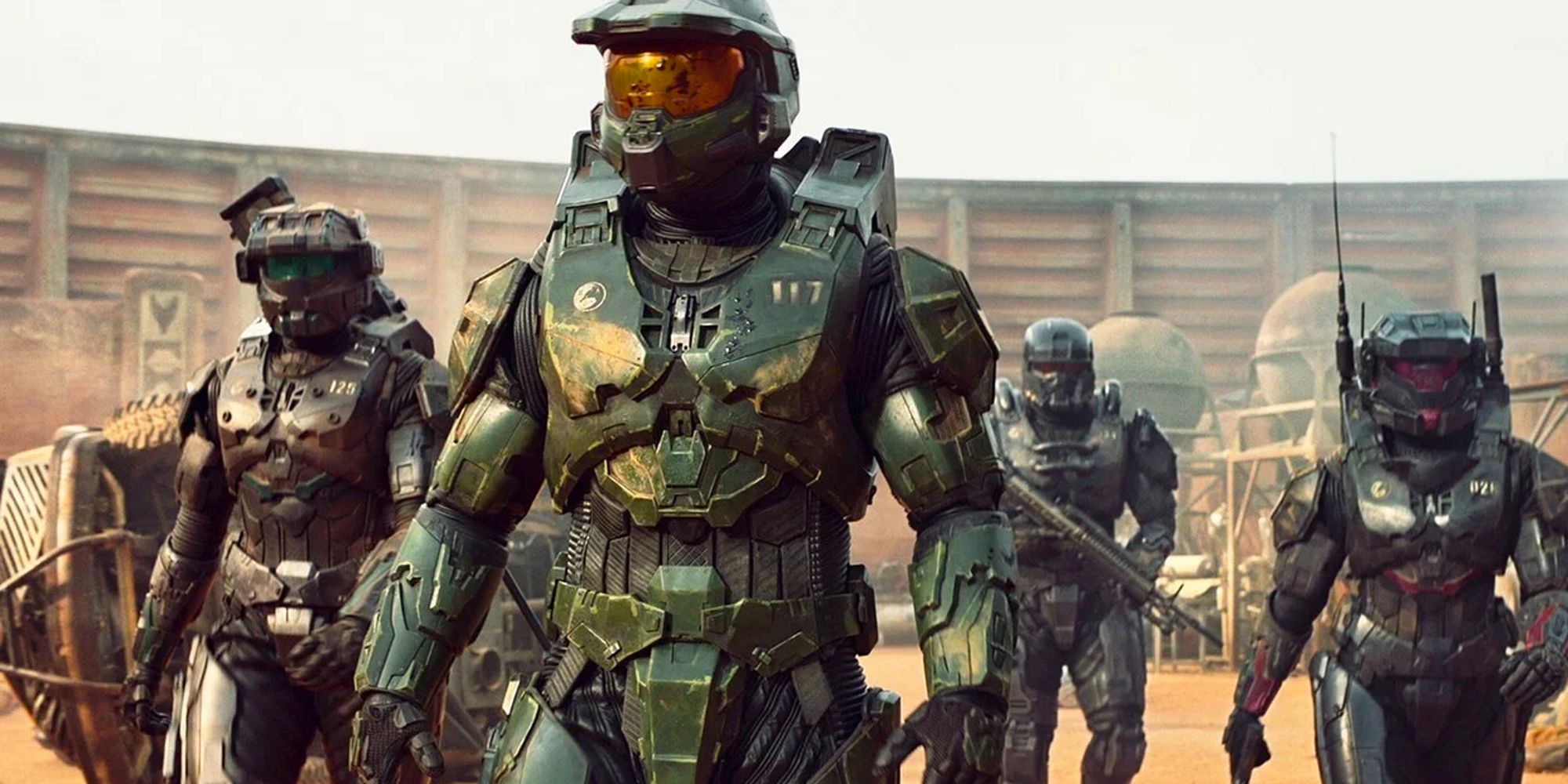
In the video game timeline, the year in which the TV show takes place signaled the end of the Human/Covenant War. Here, it's barely gotten started, and that's a massive reveal unto itself. The video game universe features a decades-long war introduced to players in Halo: Combat Evolved, one of the best FPS shooters ever.
Even the insurrectionist forces are shocked to discover that the gossip they'd been hearing about the Covenant was actually real. If the war had been raging between humanity and the Covenant for a prolonged period of time, it would have become common galactic knowledge by that point.
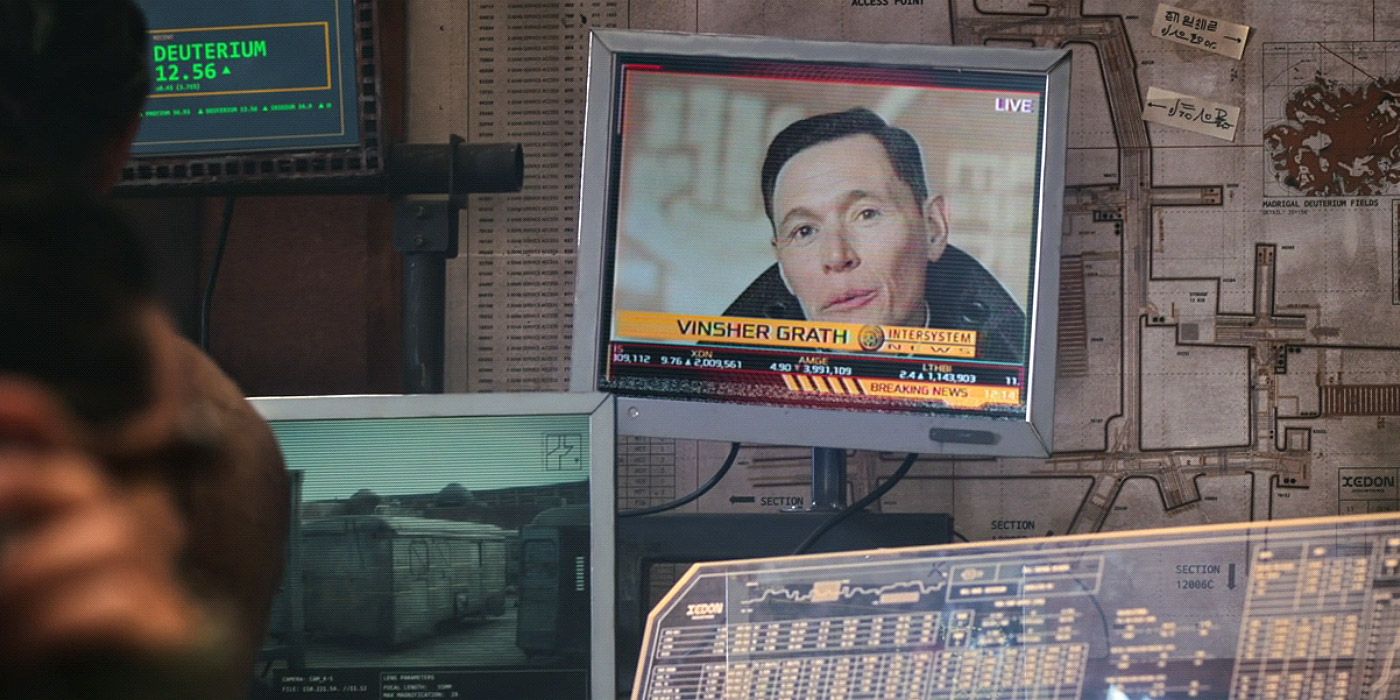
The character Vinsher Grath made a very brief appearance in the debut episode on a televised news report, where he spread propaganda related to the war between the UNSC and the insurrectionists. Grath was played by Torchwood and Pacific Rim actor Burn Gorman.
What role Grath plays in future episodes is up for debate, but he's clearly untrustworthy, which means there's a possibility his splinter insurrectionist forces will try to team up with the Covenant. Of course, that's all speculation at the moment.
from ScreenRant - Feed https://ift.tt/QX2VWyB
